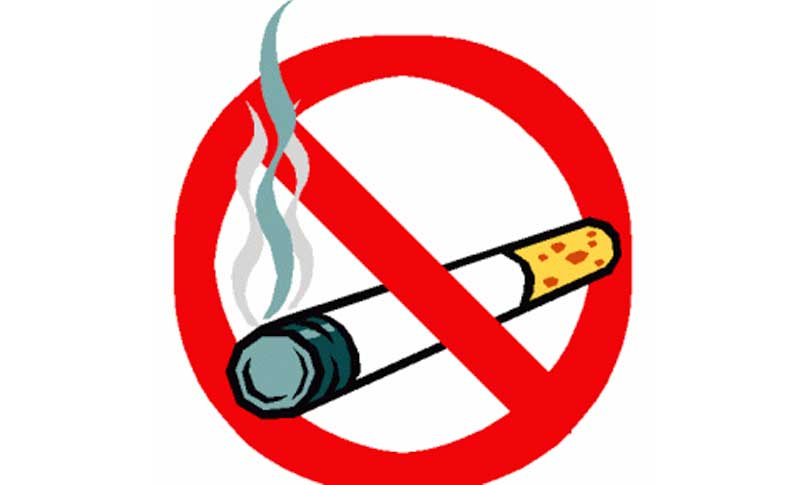
Ravi Man Singh
There is nothing more enjoyable than drinking wine, so say, wine lovers. They might even advise you to drink wine suggesting that it’s good for health. As if to complement it, the ancient Greek philosopher, Plato, wrote: “No thing more excellent nor more valuable than wine was ever granted mankind by God.”
And, curiously, an old German proverb sounds more amusing as it reads: “there are more old wine drinkers than old doctors.”
Small wonder, wine is all the rage today worldwide. Considered rare some 15 years ago, wine drinking today has worked its way into the lifestyle of Kathmanduites too. Come to think of it, wine drinking has literally become the current vogue at nearly all parties or family gatherings in Kathmandu.
A favorite of the ladies, perhaps the fair sex is inclined to feel she can inject a measure of chicness into her persona by sipping a glass of wine; some even try daintily to hold the long-stemmed glass like a connoisseur.
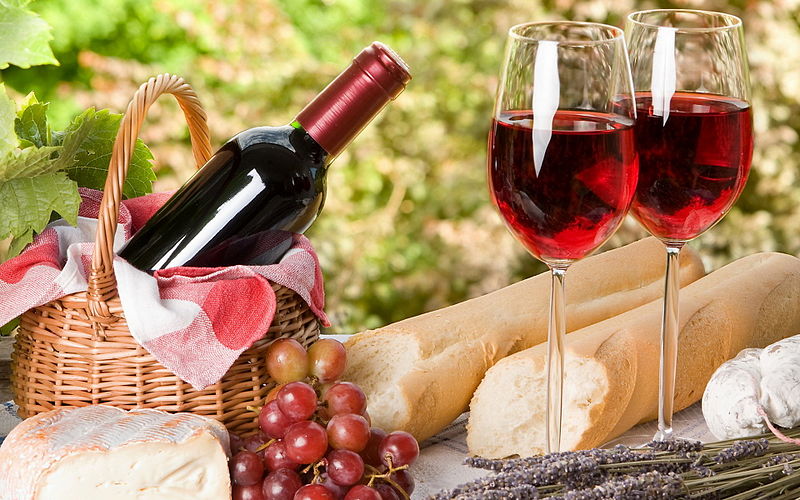
Wikimedia
The French Paradox
Does the above phrase sound familiar? Probably not! In the 1980s, French epidemiologists coined those words, which eventually became a catchphrase and took countries like the US and the UK by storm. The sale of wine boomed in those countries!
The gist of the above expression signified that despite the intake of high dietary cholesterol and saturated fat, the French people have a low occurrence of coronary heart disease (CHD) compared to their British and American counterparts.
This unexplained and unsolved phenomenon baffled medical scientists the world over. Subsequently, following significant research and investigation, it came to light that the French ran a lower risk of CHD probably because they drank wine regularly. Studies have revealed that the average French drinks more than 50 liters of wine in a year.
And to vouch for this peculiarity, history records that the longest-lived wine drinkers came from Southwest France. The longest living human on earth, a super-centenarian, Jeanne Calment, lived in Southeast France for 122 years and 164 days and drank red wine daily for over 100 years.
As contradictory as it may sound, the French diet includes lavishly rich food high in saturated fats such as the foie gras (a table delicacy in French cuisine) which is basically the liver of a duck or goose which has been inordinately fattened. Another culinary delight, considered the king of pâtés in France, pâté de foie gras is by and large “fat liver” from fattened duck or geese.
Others in high- fat food include, to the horror of American or British cardiologists and dieticians, pork sausages, cassoulet cooked in duck fat, triple cream cheese, a liberal amount of butter and calorie-laden tarts, to name some. But, mind you, the French always pair their food with wine drinking, especially red wine. And astonishingly it has worked for the French people.
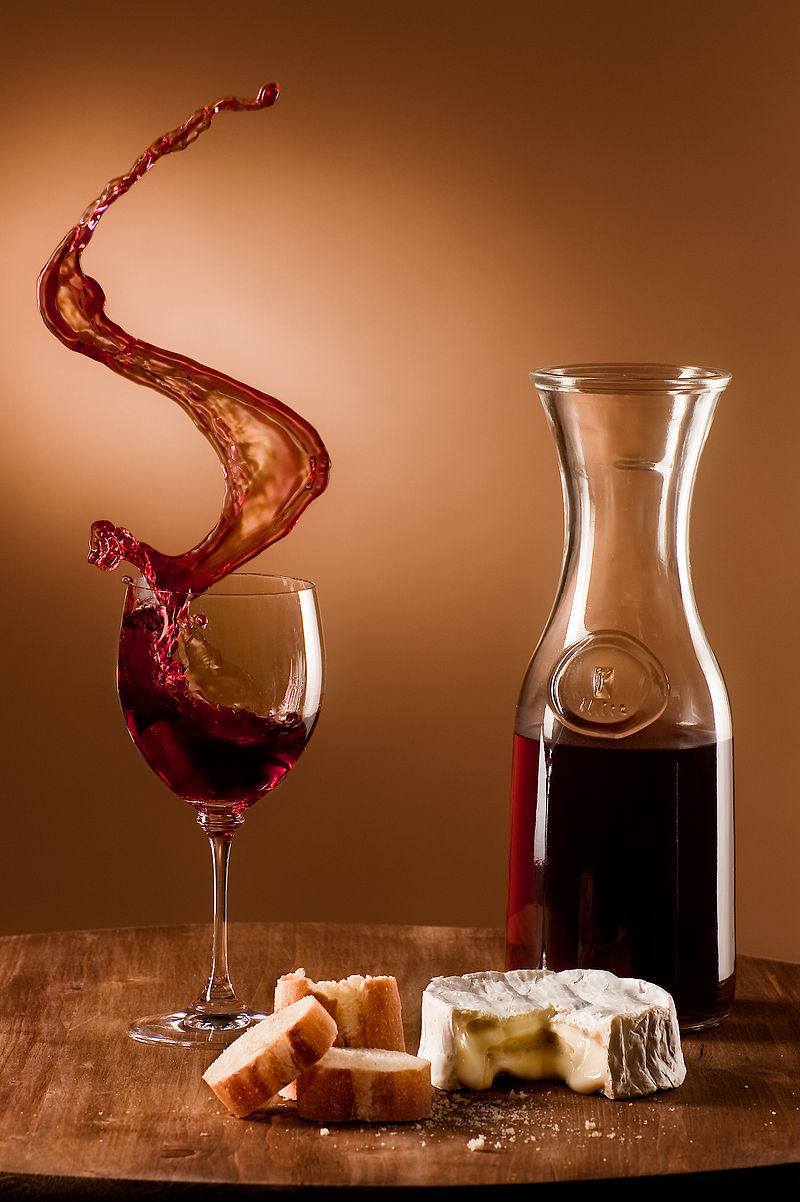
When talking about obesity ranking, the Americans are three times more obese then the French despite their lavish eating habits.
A study conducted by the FAO (Food and Agriculture Organization of the United Nations) in 2002 disclosed that notwithstanding the higher intake of saturated fat in France(108 grams per day) than in the United States(72 grams per day), France recorded a 30-40 percent lower risk of CHD.
Based on this finding, studies carried out in the later years suggested that one of the principal reasons for this could be related to the consumption of red wine.
History was rewritten in the 1990s when the Mediterranean diet established a groundbreaking concept of healthy eating. Red wine for its beneficial properties was included in this diet list.
Brief history
Historians believe wine predated recorded history and surmise its existence as far back as 6,000 B.C., with its existence in many countries from China, Iran, and Georgia to Egypt, Greece, and ancient Rome.
The modern times saw the production of wine spread far and wide, the top three regions being France, Italy, and Spain. France, by far, ranks as the first among the top three. Producing wine since the 6th Century BC., nothing beats the best of the best, the French Cabernet, Sauvignon, Merlot, Chardonnay or the Pinot Noir.
Wine chemistry
Wine can be made with any fruit such as apples, cranberry, plums, and raspberry among others. In essence, wine is, however, associated with grapes. It’s an inseparable bond in between the two. Wine grapes differ from the table grapes that we eat in our everyday life. They are smaller, sweeter, riddled with seeds, have thicker skins and much juicier.
From the vineyard to the lips
Winemaking, essentially, goes through five stages such as:
>> The harvesting of the grapes. It’s a labor-intensive process as most wine-makers prefer hand-picking to the using of machines.
>> Crushing of the grapes. Today, crushing is done by modern press-machines. In olden times, it was a tradition to crush them by human feet in a wooden vat. Curiously, as a part of the tour, wineries still amuse visitors by allowing them to try “grape-treading” or “grape-stomping” as they are known.
>> Fermentation. After the “must” or “young wine” (freshly crushed grape), as they are called, is treated with yeast, the fermentation starts within six to eight hours. The complete fermentation process can take from a couple of weeks to a month.
Clarification. In this stage, substances like tannin, protein and dead yeast is removed from the fermented wine and then transferred into oak barrels (red wine) or stainless steel containers(white wine) . Next, filtration or fining process begins for the clarification of the wine.
>> Aging and bottling. This is the final stage in winemaking. In this process, the oak barrels or steel tanks containing the clarified wines are stored for aging to improve their quality. Depending on the types, wines are stored from one year to five years but do not be surprised to find some rare ones aged for 10 years to as long as 30 years!
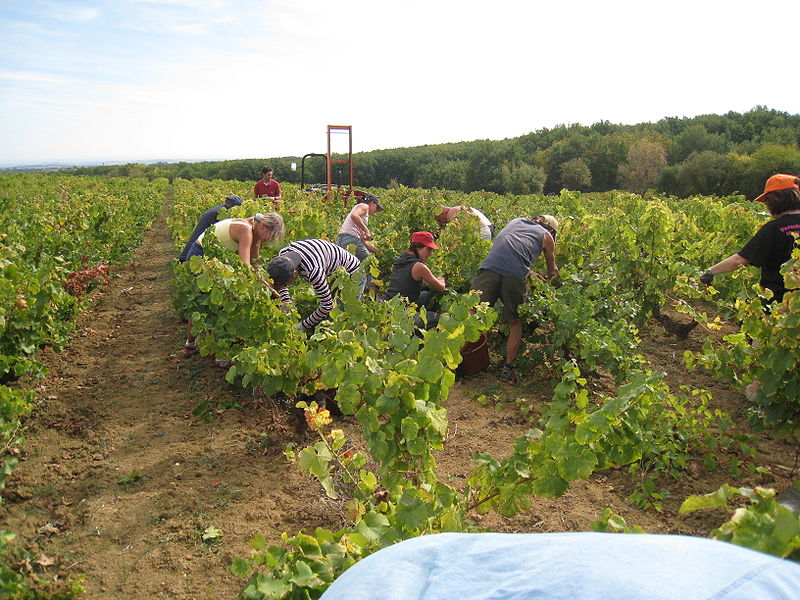
Wikimedia
The alcohol by volume (ABV) in wines ranges from as low as 5.5 percent to 13.5 percent (Australian Shiraz can teeter in between 16-18 percent). In contrast, beers contain 4.5 to 14 percent while spirits (whiskey, gin, vodka, etc.) stay in 35 to 45 percent range.
Myth or facts
So far we seemed to have gathered some knowledge about wine, but we are still left with the million-dollar-question: does wine have health benefits? Or is it just another of those gimmicks amid a storm of hypes touting the goodness of drinking wine? Before setting our sights high, let’s dig up the facts, shall we say, with a grain of salt?
Wine, especially red wine has remained for long one of the hottest issues facing medical science regarding its beneficial aspects. And extensive research work and exhaustive studies carried out by health experts suggest that light to moderate consumption of red wine may have health benefits.
In the United States of America, to bring down the alcohol-related impairments, the 2015-2020 U.S. Dietary Guidelines recommended the consumption of alcohol (including beer, spirits, and wine) to the above effect.
The guidelines manifested the intake of alcohol up to one drink per day for women and two drinks per day for men with adults adhering to the legal drinking age. For people after 65, the American Geriatric Society, however, recommends no more than a single drink per day regardless of gender.
Cardiovascular health
Periodically, a slew of research papers, newsletters, and journals have pursued the topic of the cardiovascular health benefits of red wine. The findings seem to be optimistic.
Cholesterol build-up in our arteries is the main culprit in increasing the risk of cardiovascular and heart diseases. The presence of antioxidants in red wine is said to boost the levels of high-density lipoprotein (HDL) or commonly known as the “good cholesterol” and prevent the build- up of cholesterol plaques in the artery walls.
The occurrence of another chemical called resveratrol, a polyphenol compound, in red wine is derived from the skin of the red grapes as they are fermented along with the skin and the seeds. This compound is said to safeguard the blood-vessel linings, prevent blood clotting and significantly reduce the low-density lipoprotein (LDL), all linked to coronary heart diseases. In other words, the intake of red wine may modestly help reduce the risk of cardiometabolic risk.
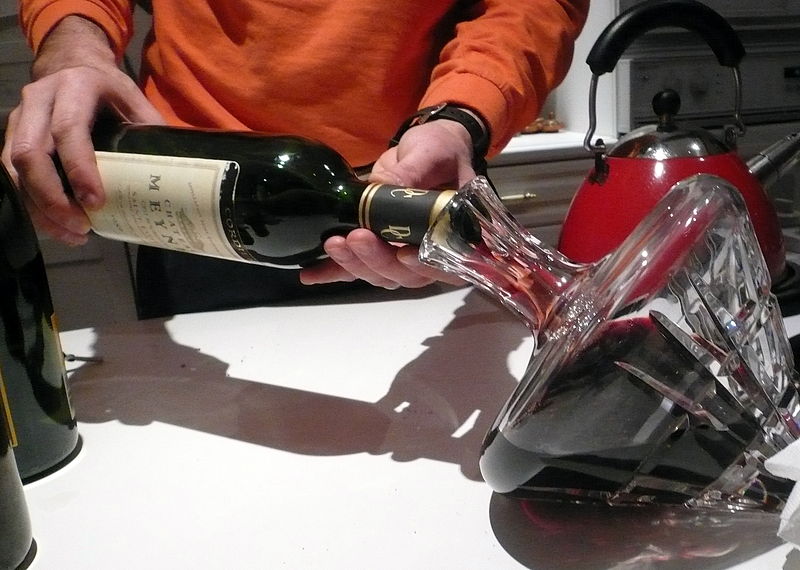
In the recent years, consumption of red meat has gone through the ceiling worldwide, including even our country (buff momos, etc.). Dark or red meat, the scientists argue, builds up the “bad” cholesterol in our bloodstream, which can damage the blood vessels spiraling up the risk of heart disease.
Research and studies conducted on a group of volunteers for four days with and without the intake of red wine led to the findings that those who ate dark meat alone developed a higher level of a compound called malondialdehyde in their bloodstream. In contrast, those who had a glass of red wine along with the dark meat, the cholesterol level did not change and, surprisingly, even dropped in some.
To maintain a balance in blood glucose level in a diabetic patient, it is essential to retain sound cardiovascular health. Medical research has also led to significant evidence of ethanol (alcohol used in alcoholic beverages) used in red wine, which helps metabolize glucose in Type II diabetes. Hence a moderate consumption of red wine (one glass per day) may help persons with type II diabetes, but before that, they are advised to check with their doctors.
 The list is long
The list is long
The list of health benefits of red wine taken in moderate amount (an average of 4 to 6 glasses in a week), seems as long as your arm and is well backed by copious research work and studies. Let’s take a look:
>>Fights hypertension: A compound called procyanidins found in red wine is said to promote healthy blood vessels resulting in a well maintained BP or blood pressure.
>> Reduces the risk of prostate cancer: Health experts believe red wine consumption cuts down on the risk of prostate cancer in men by 50 percent than those who do not drink.
>> Lowers the risk of breast cancer: Alcohol is said to trigger off estrogen-spike in women, which in turn fosters the growth of cancer cells. The presence of a substance called aromatase inhibitors in red wine is believed to check such spikes and lower the risk of breast cancer in women. Only moderate consumption (4 to 6 glasses in a week) is, however, considered the key to reaping such benefits from drinking red wine.
The health benefits of drinking red wine do not end at that. Every year, more and more research and extensive studies are made with newer findings regarding the goodness of drinking red wine.
Simply drinking red wine in moderation is not, however, the only answer to healthy living. A regimen of eating a healthy diet replete with fresh vegetables, fruits, whole grains, legumes, fish, and healthy fats supplemented with regular exercise should go in partnership with a modest glass of red wine.
Disclaimer: The views expressed in the above text are solely research-based and the dietary information given does not constitute any medical advice. It is further suggested readers seek a doctor’s advice or professional help before initiating wine into your diet. Cross-reference and reader discretion are solicited.







